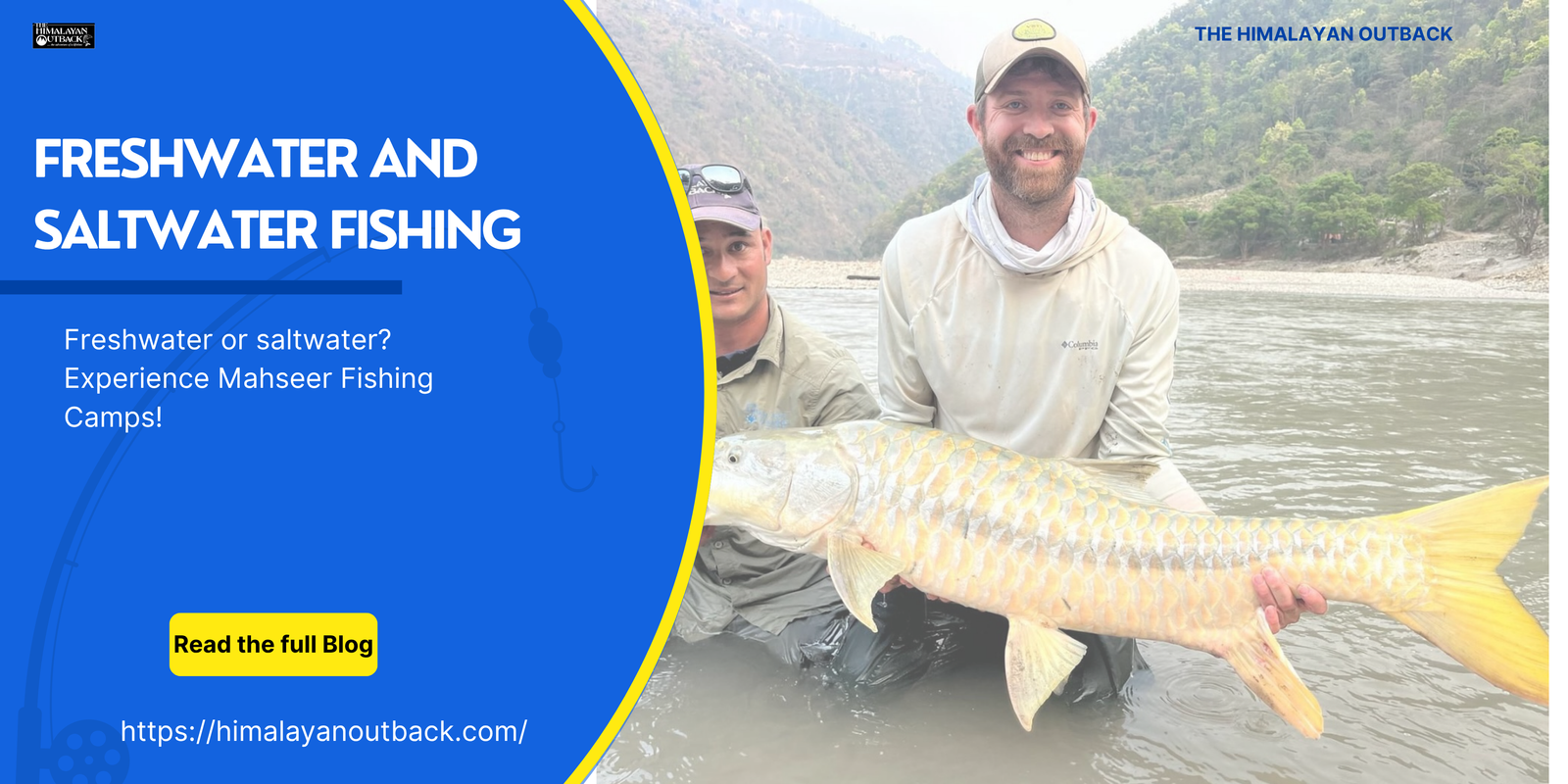The harsh winter landscape of Spiti Valley transforms into a photographer’s paradise when the Himalayan ghost cat emerges from its rocky fortress. Known scientifically as Panthera uncia, the snow leopard has become one of the most sought-after subjects for wildlife photographers worldwide. This comprehensive guide will help you navigate the challenges and rewards of photographing these magnificent creatures in their natural habitat.
Spiti Valley, nestled in the remote reaches of Himachal Pradesh, offers some of the best opportunities for snow leopard sightings in Spiti. The valley’s unique geography and conservation efforts have created an environment where these elusive cats are increasingly visible to patient photographers and wildlife enthusiasts.
Understanding the Snow Leopard’s Habitat in Spiti
The Perfect Storm of Conditions
The snow leopard in Spiti valley thrives in elevations between 3,000 and 4,500 meters above sea level. These high-altitude environments provide the perfect backdrop for dramatic wildlife photography, but they also present unique challenges that photographers must master.
Heavy snowfall during winter months forces these cats to descend to lower elevations, significantly increasing your chances of encounters. The Kibber Wildlife Sanctuary, home to approximately 30 large cats, has become a hotspot for wildlife photographers seeking that perfect shot of the Himalayan ghost cat.
Seasonal Photography Opportunities
Winter brings the best visibility for snow leopard photography in Spiti. The thick snow cover allows these naturally camouflaged predators to move more freely across the landscape, creating opportunities for photographers to capture them against stunning white backdrops.
The conservation programs in the region have helped stabilize the population, with sighting success rates reaching an impressive 50% during peak winter months. This dramatic improvement from previous years makes Spiti an increasingly attractive destination for serious wildlife photographers.
Essential Photography Equipment for Spiti’s Extreme Conditions
Camera Gear for High-Altitude Photography
Photographing rare wildlife of the Himalayas requires specialized equipment that can withstand extreme cold and altitude. Your camera body should be weather-sealed and capable of performing in temperatures that can drop well below freezing.
A telephoto lens with a focal length of at least 400mm is essential for maintaining safe distances while capturing detailed shots. The snow leopard’s keen senses mean you’ll need to photograph from considerable distances to avoid disturbing these sensitive creatures.
Protecting Your Equipment
Battery performance degrades rapidly in cold conditions, so carry multiple spare batteries and keep them warm in inner pockets. Lens condensation can be a serious issue when moving between temperature extremes, so plan your gear transitions carefully.
Consider investing in a high-quality tripod with spiked feet for stability on icy terrain. The rocky, uneven landscape of Spiti demands equipment that can provide steady support for long telephoto lenses during extended observation periods.
Behavioral Patterns and Photography Ethics
Understanding Snow Leopard Behavior
The snow leopard in Spiti valley exhibits fascinating behavioral patterns that skilled photographers can anticipate. These solitary cats are most active during dawn and dusk hours, making these optimal times for photography sessions.
Their territorial nature means they often use the same routes and resting spots repeatedly. Local guides and conservationists have mapped these patterns, providing valuable insights for photographers willing to invest time in understanding their subjects.
Ethical Photography Practices
Responsible wildlife photography requires maintaining appropriate distances and minimizing disturbance to these endangered animals. The global population of snow leopards is estimated at fewer than 10,000 individuals, making each encounter precious and requiring careful consideration.
Never use calls, baits, or other artificial attractants to lure snow leopards for photographs. These practices can disrupt natural behaviors and potentially endanger both the animals and photographers.
Technical Considerations for Winter Wildlife Photography
Camera Settings for Snow Conditions
Photographing in snow-covered environments requires careful attention to exposure settings. Snow can fool your camera’s meter, leading to underexposed images. Use exposure compensation to add 1-2 stops of light to properly expose the snow while maintaining detail in the leopard’s spotted coat.
High ISO performance becomes crucial in the low-light conditions of dawn and dusk when snow leopards are most active. Modern cameras with excellent high-ISO capabilities will serve you well in these challenging conditions.
Composition Techniques
The dramatic landscape of Spiti provides incredible opportunities for environmental portraits that showcase the Himalayan ghost cat in its natural habitat. Use the stark contrast between the leopard’s spotted coat and the white snow to create compelling compositions.
Consider the rule of thirds when framing your shots, but don’t be afraid to break conventional rules when the scene demands it. The unique terrain of Spiti, with its rocky outcrops and sweeping valleys, offers endless possibilities for creative compositions.
Planning Your Photography Expedition
Best Times to Visit
The optimal window for snow leopard sightings in Spiti extends from December through March, when heavy snowfall drives these cats to lower elevations. February typically offers the best combination of snow cover and leopard activity.
Plan for extended stays of at least 7-10 days to maximize your chances of successful encounters. Weather conditions can change rapidly in the Himalayas, and flexibility in your schedule will be essential for success.
Working with Local Guides
Local guides possess invaluable knowledge about snow leopard movements and behaviors. These community members have developed a deep understanding of individual animals and their territories through years of conservation work.
Building relationships with local communities also supports conservation efforts and provides economic incentives for protecting these magnificent creatures. Many guides are former hunters who now work as wildlife protectors and tourism facilitators.
Conservation Through Photography
The Power of Visual Storytelling
Wildlife photography serves as a powerful tool for conservation awareness. Images of the rare wildlife of the Himalayas can inspire people worldwide to support conservation efforts and understand the importance of protecting these endangered species.
Every photograph you capture has the potential to contribute to conservation messaging and education. Consider partnering with conservation organizations to ensure your images reach audiences who can make a difference.
Supporting Local Conservation Efforts
Tourism revenue from wildlife photography directly supports local conservation initiatives in Spiti. The economic benefits of eco-tourism provide communities with alternatives to activities that might harm wildlife populations.
The success of conservation programs in Spiti demonstrates how photography tourism can create positive outcomes for both wildlife and local communities. Your visit contributes to this important work while providing you with incredible photographic opportunities.
Common Challenges and Solutions
Dealing with Extreme Weather
Spiti’s winter conditions can be brutal, with temperatures dropping well below freezing and sudden weather changes creating dangerous situations. Always travel with experienced guides and carry emergency equipment including satellite communication devices.
Altitude sickness can affect photographers at Spiti’s elevations. Acclimatize gradually and recognize the symptoms of altitude-related illness. Your health and safety must always take priority over photography opportunities.
Patience and Persistence
Successful snow leopard photography requires tremendous patience. These cats may appear for only brief moments before disappearing into the rocky terrain. Be prepared for long hours of waiting in challenging conditions.
The reward for this patience is the opportunity to witness and photograph one of nature’s most magnificent predators in its pristine habitat. Each successful encounter represents a significant achievement in wildlife photography.
Sharing Your Spiti Photography Experience
Post-Processing Considerations
The extreme contrast between snow and rock in Spiti’s landscape requires careful post-processing. Maintain natural colors while enhancing the dramatic qualities of the environment. Avoid over-processing that might diminish the authentic beauty of the scene.
Consider creating a cohesive series that tells the story of your expedition. Individual images gain power when presented as part of a larger narrative about conservation and the beauty of the Himalayas.
Building Your Portfolio
Photographs of the snow leopard in Spiti valley represent some of the most coveted images in wildlife photography. These images can significantly enhance your portfolio and establish your reputation as a serious wildlife photographer.
Consider submitting your best work to wildlife photography competitions and conservation organizations. Recognition from these platforms can amplify your conservation message while advancing your photography career.
Preparing for Your Next Himalayan Adventure
Photographing snow leopards in Spiti Valley represents one of wildlife photography’s greatest challenges and rewards. The combination of extreme conditions, elusive subjects, and breathtaking landscapes creates an experience that will transform your approach to wildlife photography.
The increasing success rate of snow leopard sightings in Spiti makes this destination more accessible to serious photographers than ever before. However, success still requires careful planning, appropriate equipment, and a deep respect for these magnificent creatures and their environment.
Start planning your expedition by connecting with reputable local guides and conservation organizations. Their expertise and support will be invaluable in helping you achieve your photographic goals while contributing to the ongoing conservation of the Himalayan ghost cat.
The memories and images you create in Spiti will last a lifetime, but more importantly, they will serve as powerful ambassadors for one of the world’s most endangered and beautiful predators. Your camera becomes a tool for conservation, and your images become a voice for the voiceless.






